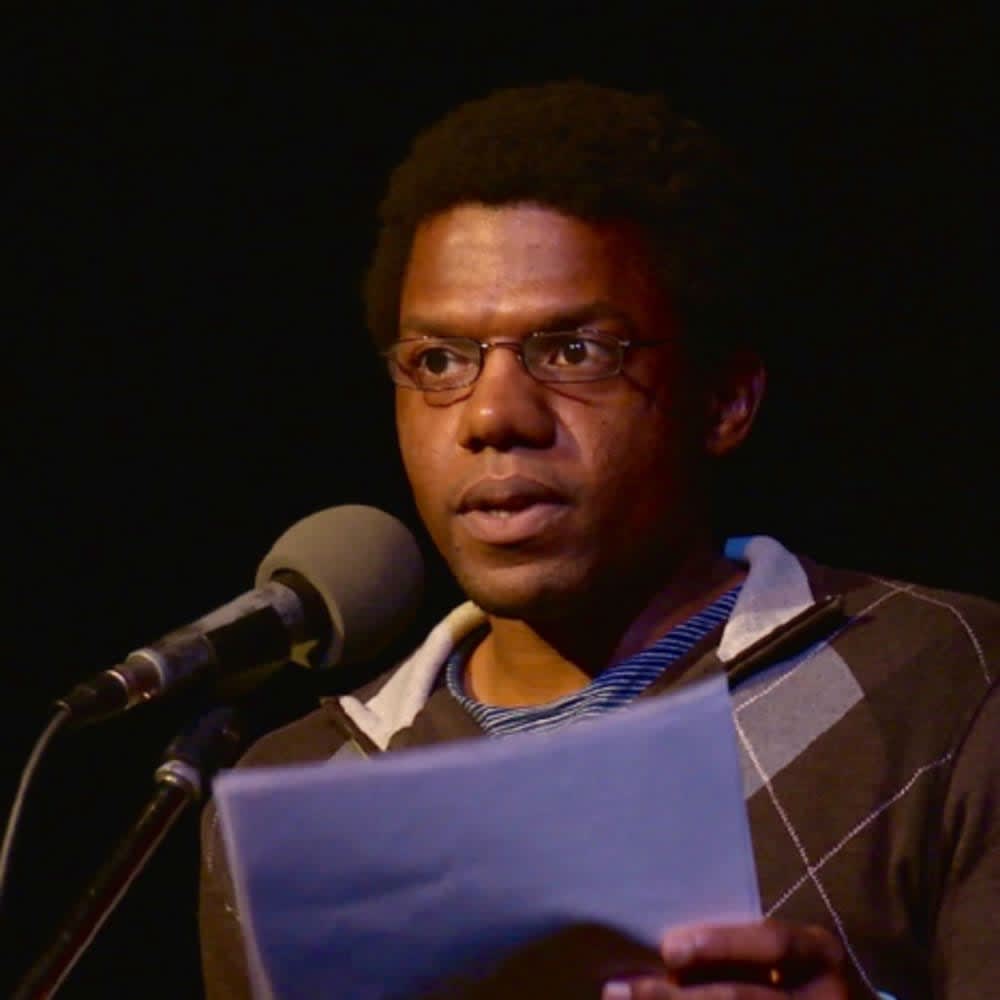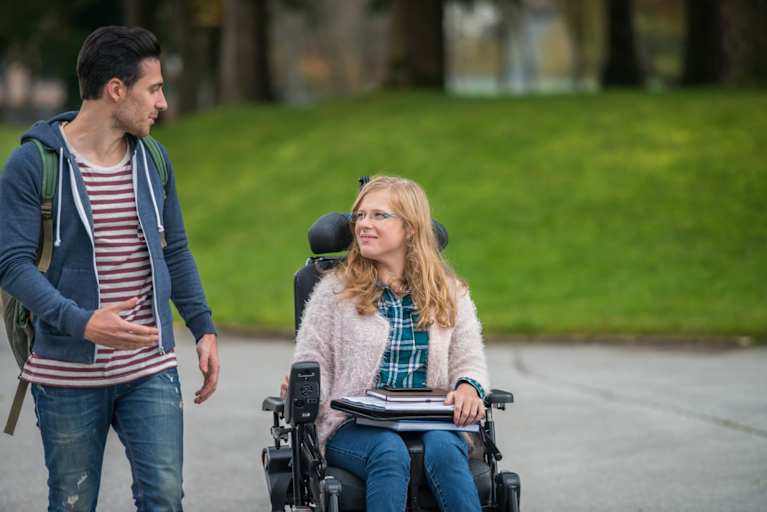10 Ways to Support Autistic College Students
- Between 1-2% of the human population is known to be autistic.
- Autistic people may register more information than non-autistic people.
- Autistic college students may struggle to navigate traditional learning environments.
Autism is widely misunderstood. A 2013 study published in the Journal of General Internal Medicine examined autistic people’s experience in healthcare settings. On average, the autistic participants reported lower satisfaction with patient-provider communication.
Most people incorrectly think of autism as an illness or a medical condition. In her book “Neuroqueer Heresies,” autistic professor of psychology at California Institute of Integral Studies Dr. Nick Walker identifies autism as a “genetically-based human neurological variant.”
If neurology is an operating system, most people use Windows, while autistics use macOS or Linux. Autism is a neurodivergence, and most autistics are neurological minorities: neurominorities.
Walker states that autistic people’s brains tend “to register more information, and the impact of each bit of information tends to be both stronger and less predictable.” Therefore, autistic individuals can be disabled by their environments.
Walker also states that between 1-2% of the human population is autistic. It’s vital that college and university faculty and staff support autistic students as they navigate higher education systems built for neurotypical minds.
Here are 10 ways to support autistic college students.
 Learn Identity-First Language
Learn Identity-First Language
Most autistic people prefer identity-first language, which means they see themselves as “autistic people” rather than “people with autism.”
If someone refers to autistic people as “people with autism,” it could be that they are incorrectly identifying autism as something you can separate from a person with a cure or treatment. If someone says they are “an autistic person,” as most autistics do, they are usually framing autism as an identity, similar to ethnicity or sexual orientation.
In a 2021 Inside Higher Ed article, autistic academic Maggie Coughlin observes that most non-autistic people commonly use person-first language, especially social service workers, medical professionals, and educators. Some autistic people also use person-first language, so it’s always best to ask autistic students how they identify and use their preferred phrasing to refer to them.
 Treat Autism as an Identity
Treat Autism as an Identity
Avoid treating autism as a medical condition. Neurodivergences, like skin colors and sexual orientations, are naturally occurring human variations. These variations are healthy manifestations of biodiversity, and many neurodivergent people see their neurotype as their identity.
Words such as “condition,” “deficit,” “illness,” and “intervention” don’t apply to autism. Neither do functioning labels such as “mild,” “severe,” “low functioning,” and “high functioning.” It’s also inaccurate and disabling to refer to an autistic student’s behavior as “unusual,” “not normal,” or any other term that labels them as “other.”
Autistic students can absorb these messages, which may lower their self-esteem and cause mental health challenges, including social anxiety, depression, agoraphobia, and trauma.
 Recommend Disability Services
Recommend Disability Services
If an autistic student discloses their disability, encourage them to contact disability services if they have not done so already. Not every autistic student identifies as disabled, and that’s okay. Autism is not inherently disabling, but autistics may be disabled by our environments because society was not built with us in mind.
I have, however, met several autistic college students who do not think disability services apply to them, and I tell them how they serve to benefit greatly from academic accommodations, as all disabled people do.
Not every disabled student wants to disclose. That’s okay, too. Ableism is rooted in our society. Disclosure comes with risks. Students with disabilities do, however, have to disclose to disability services to receive accommodations, and nothing a student shares with the office should be shared outside of the office without the student’s permission.
 Stay Mindful of Sensory Environments
Stay Mindful of Sensory Environments
Keep in mind that autistic people may register more information than neurotypical people or may register similar information with different, possibly more intense impacts than neurotypical people. For this reason, autistics commonly struggle with sensory sensitivities. They may be sensitive to sounds, smells, lights, and any detectable environmental condition.
Fluorescent lights, for example, may disrupt autistic wellness, including our ability to focus. Many prefer dim lights when possible, allowing a reasonable amount of natural light to brighten the room. Similarly, autistics can be distracted by noises most people don’t hear. This includes analog clocks and footsteps from down the hall.
Instructors can consider asking about students’ preferences and powering off the equipment they’re not using, such as projectors. Many students may find this helpful, regardless of any disclosures of autism.
Teachers can also discourage students from bringing heavy odors to the classroom, including food and fragrances. These and other sensory stimuli often give us migraines, body pain, and other aches and discomforts that disable us and impede learning.
 Honor All Styles of Communication
Honor All Styles of Communication
While it’s helpful to inform autistic students about the social norms of a neurotypical classroom, remember that autistic people are often literal and logical. Autistics, when not masking, may prefer to speak honestly and directly.
Many of us try but struggle to comprehend non-autistic social norms and social language, which often rely on empty metaphors and hidden meanings (subtext). We may ask questions until whoever is speaking to us makes sense.
To build trust, try different approaches, such as mirroring our communication styles. Speak honestly and with concrete, specific, and plain language. Otherwise, we might not understand what you’re saying. Keep in mind that many autistic students, especially those who are nonverbal or partially verbal, use augmentative and alternative communication devices to communicate. This should be encouraged.
 Use Visual Aids, Including Written Communication
Use Visual Aids, Including Written Communication
Supplement lectures and activities with visual aids. Due to high sensory awareness and other processing differences, many autistics struggle to process auditory lectures and instructions. We often need visual aids.
These include written instructions via PowerPoint slides, frequent use of whiteboards, computer-aided real-time transcription (CART) services, and emails. Instructors can contact disability services to order and learn about CART and other accessibility tools.
Many of the adaptations autistics need in traditional learning environments help all students. Closed captioning helps Deaf and hard-of-hearing students, as well as other students with sensory processing differences.
Preparing documents for screen readers helps visually impaired students and allows all learners to access documents in alternative formats. Organization, clear instructions, and minimal distractions can help everyone.
 Allow Movement (Stimming)
Allow Movement (Stimming)
In “Neuroqueer Heresies,” Walker says, “students can be better students when they’re given the space to move in the ways that are optimal for the functioning of their particular neurology, rather than the ways that are required for the performance of normativity.”
Autistic students often need to move. Instructors should let them stim. Stimming refers to repetitive motions a person uses to release excess energy. Everyone stims. Non-autistic people may tap their legs when they’re tense. They may pace, fidget with their pens and sleeves, or bite their fingernails.
Because autistics may take in more information than neurotypical people, they may stim more frequently. Allowing autistic students to stand, fidget, stare off, and take breaks from the classroom will enable them to pay closer attention and focus, while also maintaining wellness and avoiding sensory overload.
 Understand the Double Empathy Problem
Understand the Double Empathy Problem
One common misconception is that autistic people lack social skills, which explains why many of us aren’t believed when we disclose. Autistics and non-autistics may struggle to interact with each other because the two groups use distinct and sometimes incompatible styles of communication.
Dr. Damian Milton refers to this phenomenon as the double empathy problem: People communicate and empathize well with people who think like them. They may struggle to empathize and communicate with people who think differently than them.
Milton highlights that autistics are frequently blamed for miscommunications and are subjected to social rejection and compliance training. Often, the solution is to modify the autistic person “to fit in with the mainstream culture of society.”
 Learn About Autistic Social and Cultural Environments
Learn About Autistic Social and Cultural Environments
In many ways, the neurodiversity movement around the world today resembles the civil rights movements of the 1960s and 1970s. However, the internet has made connecting with other advocates easier. Millions of autistics connect and form worldwide communities. Just check out the hashtag #ActuallyAutistic.
When instructors view autism through the medical model, they enforce the idea that students are the problem, simply for being themselves, which might lead autistic students to internalize the negative ways others talk about and respond to them.
If they stop trusting those around them as a result, college instructors and staff may have trouble connecting with and teaching them.
 Let Autistic Students Be Themselves
Let Autistic Students Be Themselves
Autistics commonly report that people misread them as angry, rude, sad, or afraid when they feel confused, neutral, calm, or joyful. We are widely misunderstood, and this is partially due to a high volume of autism misinformation.
People often make assumptions based on neurotypical behavior, which autistic folks can mimic (if it isn’t their default behavior) but may struggle to make sense of.
When people try to change us to make us behave “less autistic,” they only make life harder for us. Unless we have good models for positive self-regard and how to maintain healthy emotional boundaries in our lives, these attitudes can have detrimental impacts on our feelings of self-worth.
Keep in mind that autism is a dynamic disability, meaning that an autistic person may be able to do one thing one day and not the next. The environment, including weather and the behavior of others, can play a significant role in an autistic student’s ability to perform academically and navigate non-autistic-centered spaces.
Frequently Asked Questions About Autistic Students
How do autistic students work best?
As with any social group, autistic people are individuals, not a monolith. There is no single way to work that’s best for all autistic people, but we commonly like to work alone. If not alone, then body doubling — working with someone else who is working at the same time — is often helpful.
Since many of us experience sensory sensitivities, autistics may prefer to work in low-sensory environments. These are quiet, low-light environments with few or no people around. Music can also help to anchor the mind. There should be space available for stimming.
Is autism a disability?
This is a complex question. Dr. Nick Walker states that autism is not a disability. However, autistic people tend to be disabled to some degree — some may be perceived as disabled, while many others may be perceived as non-disabled.
The most common disablement is persistent social rejection by a society that normalizes one style of thinking and behavior and pathologizes the others (neurodivergence) as disorders. These ableist attitudes are considered attitudinal barriers: barriers based on how people behave.
Sensory sensitivities are another common disablement autistics face. These vary widely between individuals and can change over time. Consider the location: An autistic who grew up in quiet areas, such as the country, may experience little to no disability until they move away from home to college.
Many autistics refer to autism as a dynamic disability, meaning that an autistic person may function differently day to day.
Can autistic students go to college?
Autistic people are often information-focused, so when provided proper support, they can excel in college. Many autistic students attend college. I’m autistic, and I have one undergraduate degree and two advanced degrees. I know many autistics with advanced degrees, and I’ve met many autistic college students and faculty while teaching and working in academia.
Since autistic people speak to seek and share information, autistics can make excellent academics. College may be more challenging due to the emphasis on broad learning as an undergraduate. Advanced degree programs, which focus more on a single subject, can be a better match for autistic people.



